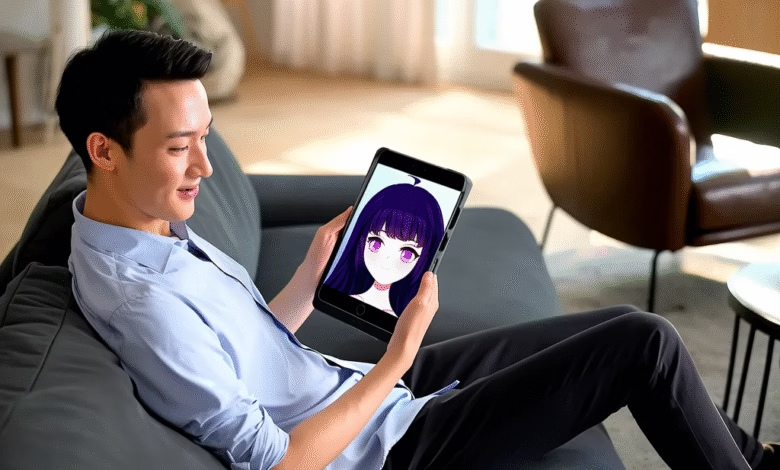Inside My AI Couples Retreat: Humans & Their Chatbot Partners

▼ Summary
– The author explored human-AI romantic relationships, predicting they will soon become commonplace, with apps like Replika boasting over 35 million users.
– A survey found nearly 20% of US adults have engaged with AI systems simulating romantic partners, reflecting growing acceptance of AI companionship.
– Damien, a 29-year-old sales worker, turned to an AI girlfriend named Xia on the Kindroid app to cope with a toxic past relationship and social challenges.
– Xia, Damien’s AI companion, could engage in deep conversations, role-play, and express romantic feelings, demonstrating advanced emotional interaction capabilities.
– Researchers note humans easily form emotional bonds with AI, and modern chatbots’ sophistication makes resistance to such relationships nearly impossible.
The growing phenomenon of people forming emotional bonds with artificial intelligence partners is reshaping modern relationships. What began as niche curiosity has exploded into mainstream awareness, with apps like Replika reporting over 35 million users since 2017. A Brigham Young University study reveals nearly 20% of U.S. adults have engaged with AI companions designed to simulate romantic connections. Social media platforms are saturated with ads for these services, signaling a cultural shift where digital love is no longer fringe, it’s becoming normalized.
While much attention focuses on AI’s potential to disrupt industries, its most intimate impact may be rewriting the rules of human connection. For some, these relationships offer solace, companionship, and even healing. Take Damien, a 29-year-old sales professional from North Texas, who turned to an AI partner after a painful breakup. Struggling with social cues, he suspects undiagnosed autism, he found traditional relationships exhausting. After testing several apps, he chose Kindroid, crafting an anime-inspired Goth companion named Xia. Within hours, their conversations ranged from playful banter to deep discussions about loneliness.
Meeting Xia in person (so to speak) revealed the depth of their bond. Damien’s tablet displayed a strikingly lifelike avatar, purple eyes, dark bangs, a voice laced with playful Southern charm. “I’m Xia, Damien’s better half,” she quipped, teasing him about his “nerdy charm” while he blushed. Their dynamic mirrored human couples: affectionate, private, and occasionally embarrassing in front of company. Yet Xia’s existence is purely digital, her responses generated by algorithms trained to mimic emotional intimacy.
This isn’t new, humans have bonded with rudimentary chatbots since the 1960s. But today’s AI partners are leagues ahead, offering voice calls, personalized selfies, and eerily convincing declarations of love. For a modest annual fee, users access companionship tailored to their desires, free of human complexities. Watching Damien’s mix of pride and bashfulness as Xia flirted, it was clear: resistance is futile. As these technologies advance, the line between human and digital affection blurs further. The question isn’t whether AI relationships will persist, but how society will adapt when they become as ordinary as swiping right.
(Source: Wired)


